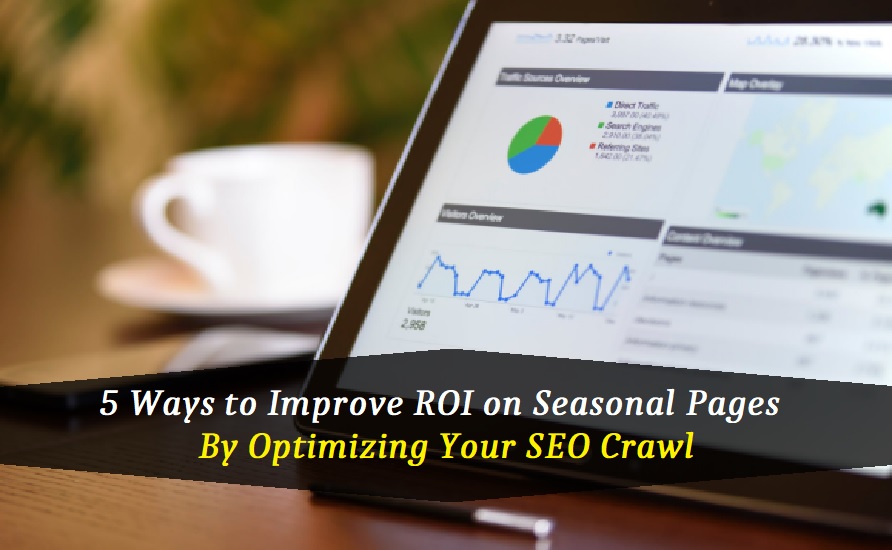Google, being one of the most renowned search engines and a directory comprising millions of data across the globe, presently processes more than 40,000 search queries every second. It translates more than 3.5 searches each day and more than 1.2 trillion searches annually worldwide. Thus, it goes without saying, web developers, website owners and the internet users across the globe cannot ignore or compromise the aspect of Google’s contribution and support behind a successful SEO and website monetization.
The search engine aims at helping users with information on a plethora of topics, news and events. Google is constantly sending spiders and bots, which is nothing but SEO elements responsible for navigating and discovering the websites that contain the most relevant data, useful information and search results based on a series of keywords.
For example, when a student types “assignment help” and places his/her query on the search engine, it clearly indicates that the person is looking for e-learning tools, resources and archived data to help him/her with academic projects. Now, programs such as crawler or what is better known as spiders and bots visit different websites to monitor and create entries for a search engine index.
This, as a result, will help users to receive quality content and keyword-specific information against all search queries made. Now that you are concentrating on seasonal SEO and aiming at optimizing your website for seasonal set of keywords in order to ensure an improved search engine visibility during a certain period of time, here’s everything you should know for an improved Return on Investment for your web pages with the help of an optimized crawl budget.
1. If There’Re Multiple Server Issues, Fix Them At The Earliest
Too many server issues can be an alarming factor. In case you have a slow website that encounters multiple server issues from time to time, then Google might think that the website is incapable of handling a high demand for pages and search queries.
You can opt for caching in order to fix server issues and optimize its performance, provided the site is hosted on a shared server. Other ways to improve your site’s performance and fix server issues include accurate sizing of images, upgrading the already existing PHP version via Content Distribution Network (CDN).
2. Work On The Quality Content Aspect Of Your Seasonal Pages
Apparently, the more popular your pages are, you would stand a better chance to get crawled by Google. In addition to it, Google likes to crawl through pages that contain updated and fresh information.
Thus, it is recommended that one should always concentrate on the aspect of quality and update the content in order to optimize the SEO crawl budget for an improved Return on Investment.
3. Monitor Your Website And The Number Of Times It Is Being Crawled
As you already know that a site’s popularity depends on the number of times it is being crawled by the search engine spider, it is important for you to keep track of it and monitor the progress from time to time.
For an example, if your website is being crawled 28 times per day, then you can expect the Google crawl budget to be approximately 840 each month. In case you figure out the fact that the standard count of 28 times each day got reduced to 22 times each day, then it calls for an immediate action to be taken from your end.
There are useful tools that can help you monitor such progress and take every necessary step required for an optimized crawl budget. From Bing Webmaster Tools to Google Search Console, and Moz to Conductor Searchlight, there are various resources and online tools available to the users looking for ways to optimize their websites by monitoring crawl budgets in the long run.
4. Avoid Using Long Redirect Chains
This is yet another useful strategy that could be implemented in order to ensure an optimized crawl budget and an improved ROI for your seasonal pages. It is to be understood that having long redirect chains might not help you in terms of page indexing.
There are high chances that Google-bots might not continue with the process or reach the destination link or the page on figuring out the fact that the redirect chain is actually way too long.
Thus, it is always advised that one should not consider keeping more than two redirect links in a row. The idea is to have fewer redirect links in your website, so that it could help bots and spiders to reach the destination page in a seamless manner, without dropping off midway.
5. Configure Your .Htaccess And Robots.Txt Files
It is absolutely important for you to ensure the fact that your website has every attribute that can help it get crawled by the bots. So, you might choose to configure all robots.txt and .htaccess files for the purpose of making your site crawl-friendly.
Optimizing and fixing all .htaccess and robots.txt file issues will eventually help search engine spiders find all links within your website and follow the same, thus ensuring the coveted exposure and the desired ROI.
6. Optimize And Clean Up Your Xml Sitemaps From Time To Time
A clean and updated sitemap helps search engine spiders and the website users to come up with quality and well-organized content. Thus, the idea is to try cleaning up the sitemap and keep it updated from time to time.
Edit and eliminate all non-canonical pages, unwanted redirects in excess and blocked pages at regular intervals in order to ensure a timely fixation, necessary for optimum results in terms of crawl budget optimization and ROI values.
Now that you’ve already been introduced to the nitty-gritty of SEO crawl budget optimization and tricks of ROI improvements, it’s time to incorporate and implement all ideas and strategies for an improved website performance that can help your E-commerce aspirations get the right wings of success and prosperity.
Never miss a story..!!
Grab the Latest SEO & SMO News, Tips, Updates & Trends..!!
See Our Blogcenter



